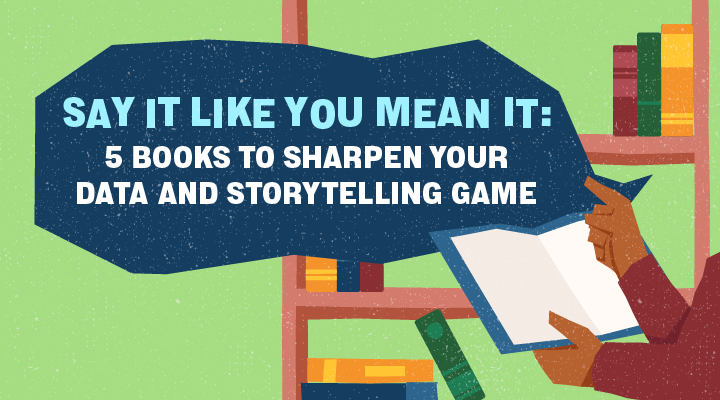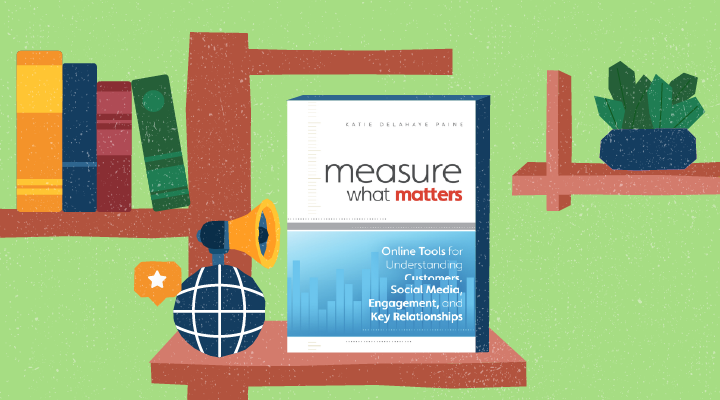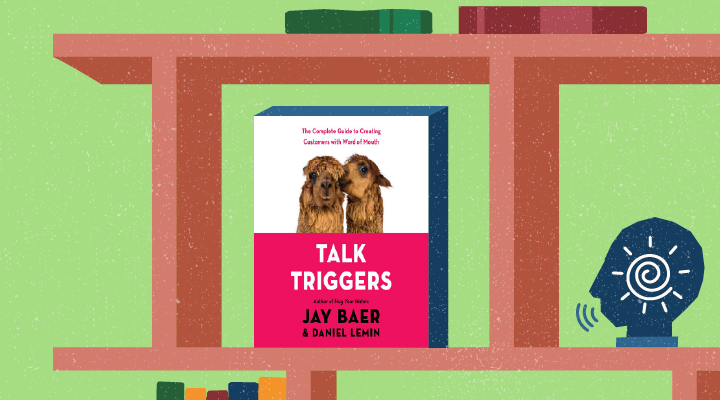Say It Like You Mean It: Five Books To Sharpen Your Data And Storytelling Game

4-minute read
How do we effectively communicate policy intents and build public trust and understanding?
In the Public Service, we work hard to develop sound policies, efficient systems, and impactful programmes. But the effort risks going misunderstood or unnoticed without one crucial ingredient: clear, compelling communication.
Whether you are leading change, launching a new initiative, or navigating public sentiment, how you tell the story can be just as important as the facts themselves.
Storytelling is not fluff. It is a strategic tool that helps people make sense of complexity, connect with purpose, and act. It turns dry data into insights, transforms public scepticism into trust, and breathes life into technical policies. When done well, storytelling aligns hearts and minds, and that is what governance needs.
Here are five essential books to help you become a sharper, more strategic communicator. It is not just about better writing. It is about communicating ideas that matter, in ways that people remember.

#1 Storytelling with Data by Cole Nussbaumer Knaflic
Not all stories are told with words. Some are told through visuals.
Public officers work with data a lot. But presenting data in ways that inform and engage while not overwhelming is always a challenge. This book sets the foundation for turning data into persuasive, memorable stories, from understanding context and thinking like a designer to dissecting model visuals.
“There is a story in your data. But your tools don’t know what that story is. That’s where it takes you—the analyst or communicator of the information—to bring that story visually and contextually to life.”

#2 Resonate: Present Visual Stories that Transforms Audiences by Nancy Duarte
Presentations are more than slide decks. They are platforms for persuasion, trust-building, and change. Whether you are briefing senior leaders, engaging stakeholders, or rallying teams behind a new project, how you present your message determines whether people tune out, or lean in.
Duarte’s Resonate teaches you how to structure presentations that move people, drawing lessons from the most powerful speeches in history. She also shares practical tips on how to develop a storytelling framework that helps your message to connect emotionally and logically.
“Many times, it isn’t until you speak with people in person that you can establish a visceral connection that motivates them to adopt your idea. That connection is why average ideas sometimes get traction and brilliant ideas die—it all comes down to how the ideas are presented.”

#3 The Storytelling Animal by Jonathan Gottschall
Stories move people in ways that facts alone cannot. Why are humans hardwired for narrative? How do stories shape beliefs, decisions, and culture? For public officers, the lesson is clear: policies and initiatives gain traction when framed as human stories. Read to understand how narrative can create connections among people, inspire action, and make messages resonate.
"It’s about the way that stories—from TV commercials to daydreams to the burlesque spectacle of professional wrestling—saturate our lives … it’s about how fiction subtly shapes our beliefs, behaviours, ethics—how it powerfully modifies culture and history. It’s about the ancient riddle of the psychotically creative night stories we call dreams. It’s about how a set of brain circuits—usually brilliant, sometimes buffoonish—force narrative structure on the chaos of our lives.”

#4 Measure what Matters by Katie Delahaye Paine
Numbers don’t lie, but only if you are measuring the right ones. In this era of digital engagement, Paine shows how to cut through the noise of likes, clicks, and shares to uncover what truly drives impact. For public officers, this is a playbook on using data to strengthen citizen engagement, sharpen outreach, and prove that communication efforts make a difference.
“Success, timing, media, and PR have all been redefined by social media. Success can no longer be measured in terms of reach or frequency, since neither is particularly easy to determine in this new space. Success must now be defined in terms of outcomes: What do you want your program to do for the organization?”

#5 Talk Triggers by Jay Baer
What makes people talk about a service, recommend it, or even defend it? In the private sector, this is called “word of mouth". In the public sector, it is called “reputation” or “citizen goodwill”. Talk Triggers addresses exactly how to create small, consistent, remarkable experiences that people would want to talk about naturally.
In an era where public trust is hard-won and easily lost, the book offers a fresh way to think about communications, not just as messaging but as memorable experiences that citizens pass on, such as a thoughtful touchpoint or a responsive system.
“… the best talk triggers work because they are distillates of the essence of your organization. In this sense, talk triggers are not marketing. They aren’t a stunt or a campaign or a slogan. They are you.”
For more inspiring reads, check out the NLB Mobile app.
- POSTED ON
Nov 6, 2025









